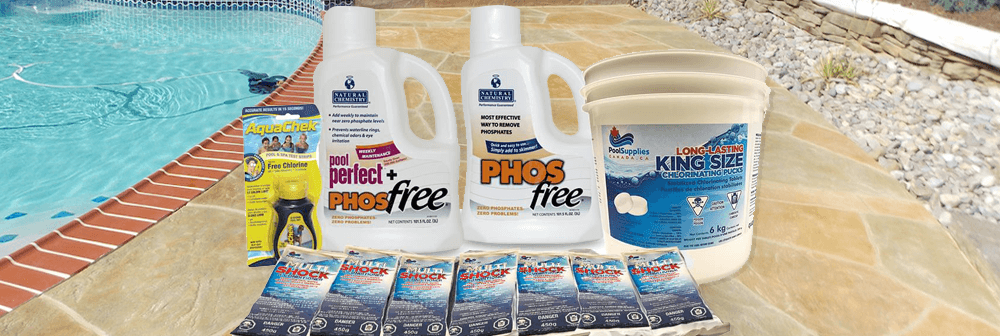5 Surprising Facts About Pool Chemicals

Pool chemicals are most often thought of as a means to an end, just one way to get a healthy, happy pool to enjoy your summer days in. But, there’s more to pool chemicals than that. Some are known for creating exquisite beauty, some were collected as a mysterious purple liquid from shellfish, and yet others are developing a bad reputation they just don’t deserve. Test your pool chemical knowledge with these interesting facts.
1. Chlorine doesn’t cause red eyes
Chlorine isn’t responsible for your red eyes. A properly pH balanced pool, no matter how much chlorine is in it, won’t bother your eyes. That being said, the pH in your pool can be disturbed, usually by oils from your body or when children pee in the pool. The urine that mixes with the chlorine can cause your eyes to turn red. This is just one more reason to have a shower before and after swimming in a pool.
2. A mysterious purple fluid became a pool chemical
In the past, people used a strange purple excretion from mollusks (shellfish) as a dye. They did this for years before anyone figured out what the liquid was or how it worked. It turns out the active chemical in the liquid was a bromine compound. We have now singled out bromine, which is brown by itself, and put it to many more uses, including as a chlorine alternative in pools.
3. Cyanuric acid is chlorine's bodyguard
This chemical is a pool conditioner or stabilizer and works by protecting chlorine from the harsh sun. Cyanuric acid forms a weak bond with chlorine, and while the two are linked up, the sun is much less effective at destroying the chlorine. Because the bond is a weak one, chlorine can still break off from cyanuric acid when it finds a bacteria or other contaminant to destroy.
4. Copper sulphate can form a beautiful blue crystal
You rarely think of your pool chemicals as beautiful, but one algaecide, copper sulphate, is well known for its beauty. Children often grow copper sulphate crystals as science projects. When you put this chemical in the right conditions it grows into beautiful blue shapes. The intense colour also has made copper sulfate useful as a dye for glass, ceramics, and other materials.
5. The ancient Egyptians used aluminum sulphate
This pool clarifier, often just called alum, has a long history. The ancient Egyptians used it to set dyes in their fabrics and to cure leather. Then the Romans and Chinese used it to help purify water, and for many other purposes. In 77 A.D. the popular chemical was given its modern name, “alumen.” Now, we’ve figured out plenty of other uses for the chemical, making it one of the most versatile substances you have in your home!
At Pool Supplies Canada we’re passionate about every part of pool maintenance, including the weird and wonderful properties of pool chemicals. If you have pool chemical questions, contact the experts at Pool Supplies Canada today!
This Blog was Posted on February 7th, 2020
Any Offers, Prices or Product Line Ups Mentioned on this Page are Subject to Change Without Notice


